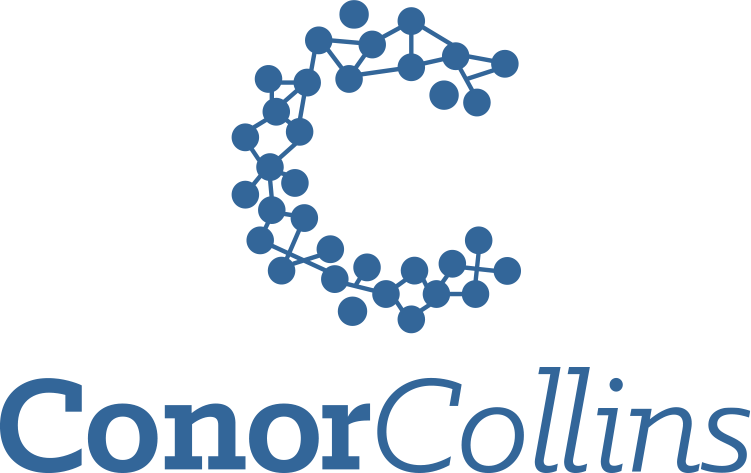This week’s guest blog is from Justin Bannister
_____________________________________________________________________________________________
Picture this: it’s a cold December day in 2016, the wind blows strong, the snow is deep, and the sliding conditions are perfect. I decided to go down the hill with my Grade 4 class at the time. It was great fun until I banged my knee and laid on the ground recovering. At that exact moment, one of the big kids came down the hill and slammed into the back of my head with their knee flexed, and I felt instant pain. I gathered my class and headed for the school so the kids could meet with the bus. Once they were all gone, I put my head down for a quick second and everything went black. I woke up on a stretcher at the hospital.
I was diagnosed with a concussion. The days of symptoms turned into weeks of symptoms; some better than others, but all not my norm. It’s a feeling that many people who have experienced a concussion can relate with, the feeling of a new and unfamiliar normal. It’s a tough pill to swallow.
I couldn’t drive. I couldn’t handle light. I couldn’t ride horses because the pressure of the helmet against my head was too much; and riding horses is one of my favourite things and how I decompress. Everyday tasks became laboured, even stringing a sentence together demanded a lot of energy at times. When I finally got cleared to do the things I enjoyed, I still had symptoms. I still do sometimes, even now.
Fast forward to the present day, and here I am with a new Master’s degree in counselling therapy. I have a real passion for helping others through their own experience in rehabilitating from concussion. For one, I can understand the experience on an intimate level. For two, the research involved is fascinating. For three, I would have been thrilled to find a counselling therapist who specialized in concussion while I was moving through my injury, so I offer my help as a way to fill the gap in care.
In my practice, I work with clients who regularly report feeling “not normal” since their concussion injury. Commitment and Acceptance Therapy (ACT) can be beneficial in helping soothe the anxiety that comes with a person’s “normal” being challenged. The idea behind ACT is the client has a chance to practice engagement with feelings, and acceptance of what has happened to them rather than suppressing trauma (Ackerman, 2017). This therapy is driven by the client’s core values and uses them as a guidepost so the client can control their own path to wellness, whatever that happens to look like for them (Harris, 2019). For most, the initial response to their “normal” being challenged is to keep pushing, the belief being that they “will get back to normal” soon. At any time, they suppress the truth of their feelings and their discomfort as a coping mechanism to avoid present reality and instead focus on getting back to what they felt like before their brain injury. ACT is a way in which clients can engage with feelings at the present time, using six key focus points for grounding the therapeutic approach: acceptance, cognitive defusion, presence, self as context, values, and committed action.
Acceptance
Acceptance of the uncomfortable is a daunting task for anybody. Acceptance can be even more difficult when a brain injury forces a person to shift their everyday life. Acceptance helps people find tolerance for their challenging experiences and feelings rather than suppressing their reality.
Cognitive Defusion
At any time after suffering a brain injury, the client may feel the need to review the mechanism of injury. They often revisit thoughts of things they could have done differently, or ways that could have helped themselves better. Cognitive defusion helps in one’s ability to face the mechanism of injury as it was, and then assists in dissolving the fixation on “what happened” in the past in order to move forward into the future.
Presence
Being present in the moment can be hard when experiencing persistent post-concussive symptoms; however, by being present the client has a better chance of allowing themselves to be committed in the process. The goal isn’t to change their experience in the moment to suit them, it’s to encourage a practice of allowing whatever the experience happens to be in the moment.
Self as Context
Self as context refers to the client understanding that they are not the sum of their experiences. That what they were before their injury is not the only worthy version of the self, and that they can still achieve great things post-injury.
Values
These are the guideposts that we all rely on in life in order to ground ourselves in our choices and experiences. By following these guideposts, clients are opening up options and choices for themselves to feel better, which is so needed at a time when their sense of “normal” is challenged.
Committed Action
The final piece is committed action; the follow-through on the choices that become apparent to the client throughout therapy. The committed action allows the client to shape their lives and create a new normal after suffering a concussion.
In using ACT, it is very beneficial for most to journal their feelings and thoughts as they move through the rehabilitation process. These journals can be discussed in therapy or used as a means to dump emotions onto paper. By giving yourself some wins throughout the day, and noticing them when they happen, there is a greater chance that you’ll feel better about yourself. Maybe your wins include being able to go for a twenty-minute walk without feeling dizzy, or it could be that you didn’t feel the need to have to rest today. Any win is a good win when you’re suffering with persistent post-concussive symptoms. There’s no quick fix for a brain injury, but by giving ourselves some grace, you can build the light at the end of the tunnel.
If you’re looking to grow your understanding of concussions and how to assess, treat, and rehabilitate this often daunting injury- registration is now open for the October 2022 course! Link here: https://conorpcollins.com/courses/
References
Ackerman, Courtney. 2017. How Does Acceptance and Commitment Therapy (ACT) Work? Access: https://positivepsychology.com/act-acceptance-and-commitment-therapy/ . Accessed online, September 2022.
Harris, Russ. 2019. ACT Made Simple: An Easy-To-Read Primer on Acceptance and Commitment Therapy. New Harbinger Publications.
About the Author
Justin is a Canadian Certified Counsellor from the East Coast of Canada and has a special clinical interest in concussion injuries, infertility, and men’s health. He decided to pursue a Master’s Degree in Counselling in order to better serve his community. Outside of his clinical practice, Justin enjoys working with kids and is a supply teacher with his local school district. In his spare time, Justin enjoys competing in reining with his horse, Princess. He has been an avid horseman since childhood and hopes to one day offer equine therapy as part of his counselling practice.



Recent Comments